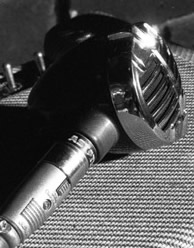Orange Blossom Special – Charlie McCoy [..with tab]
When I heard Charlie’s recording of Orange Blossom Special for the first time, I was utterly stunned at the speed and accuracy of his technique – it is both jaw busting and jaw dropping. In fact it ranks right at the top of the “I’ll never play like that” top 40.
How do you unravel something so fast and complex? First you need to establish the key Charlie’s playing in. Clearly he starts in the key of C and an F harp in second position seems to do the trick. Initially that is. Until the tune takes a twist. Suddenly, as the melody ascends, modulating the same country lick four times, your F harp no longer does the business. Frustration sets in until the tune recommences its cycle and for a brief period you’re safe again.
So what devilry enables Charlie to reproduce this lightning bluegrass fiddle part on a tin biscuit? Is it some closely guarded Nashville technique? Could it be a particular playing position or a crazy tuning? Only one thing to do in such circumstances. Call international rescue. (more…)

